Has Rap Found its Home in the Deccan?

The Deccan is a place of unlikely arrivals and departures – cultural practices from every possible region of the world have found home here and gotten reinterpreted and gifted back to other regions. One such recent arrival is hip hop from Black and Hispanic communities in New York among urban working classes in the Deccan.
Rap music is closely associated with hip-hop culture. It evolved from the Bronx streets of New York City in the 1970s. While hip-hop is said to be the cultural movement of the Bronx, rap music is one of the more popular forms of expression of this culture. Hip-hop first entered India in the 1990s and gained popularity among the youth. By the 2000s, desi hip-hop developed and artists like Yo Yo Honey Singh and Badshah successfully adapted the genre of rap into the Indian context, gaining commercial success.
However, desi hip-hop artists, until recently, unlike their American counterparts, were not from marginalised communities. Indian hip-hop was mostly undertaken by mainstream artists who had gained wide acceptance in Bollywood. This mainstream form of hip-hop is also often characterised by generic themes of love, heartbreak and desire, and barely ever represented the margins. Over time, hip-hop has been taken over by Indian youth from various regions who created their own versions. Deccani hip-hop is one of them.
Unlike mainstream hip-hop groups of the earlier generation, Deccani and Hyderabadi hip-hop artists make music with a different focus. Their songs are mostly crafted around the city and their place within the city. One of the first significant forays by local youth into the Hyderabad hip-hop scene was the group DeathRap in 2016, who released “Hyderabadi Kiraak Gaana” and “Hyderabad Meri Jaan”. In these songs, DeathRap highlights the pride of Dakhni and love of Hyderabadi culture.
Deccani hip-hop artists also highlight the differences that animate the divided city of Hyderabad. Decades of urban development has prioritised the “New City” and castigated the historic “Old City” as conservative and backward. Disrespectful expressions such as “Miya Bhai” and “Urdu mafia” are repurposed to create powerful music. The subversive lyrics in Deccani hip-hop empower those who are marginalised in the city and prompt a process of regaining a sense of pride and confidence in self and to reclaim the city as their own.
“My accent desi as f*** coz I don’t fake homie
Know your inner self before you try and
Spew your hatred on me”
∼ From Hyderabad Cypher, Nawab Gang
Rap reflecting language of the people
What also makes Decani hip-hop celebrated in the region is its strong sense of connection to the local language and urban space. The viral song “Miya Bhai”that had over 500 million views on YouTube was by Ruhaan Arshad with music composed by Adil Bakhtawar. Part of the lyrics go:
Nawabo Ki Basti Sehro Ka Hai Naka
Kutbulapur Mera Hai Elaka
Malakpet Hoya Tarnaka
Har Taraf Hai Miya Bhai Ka Dhaka
(It’s the basti (area) of the nawabs
Qutubullapur is my elaka (area)
Either Malakpet or Tarnaka
Every direction is miya bhais own)
In this, Ruhaan Arshad (who has since retired from the music scene) celebrates the everyday, ordinary Muslim brother – Miya Bhai – and references the rich historic Deccani culture in Hyderabad. “Har taraf hai Miya Bhai”, whether Malakapet or Tarnaka (areas in Old City) is Miya Bhai’s own turf. The song was hugely popular because it was also sung in Dakhni. Arshad, in an interview in 2021, acknowledged it when he said that the song “would not have reached its heights if not for the language”.
Roll Rida and Kamran’s hugely successful music video “Patang”, boasting over 34 million views at present, too celebrates aspects of the vibrant basti life where Hindu and Muslim communities live together closely. In Patang, Roll Rida raps in Hyderabadi Telugu with words and phrases heavily borrowed from local languages like Dakhni and Urdu. Again, such locally spoken languages convey a familiarity, a sense of belonging to the Deccani region, to its audience. Instead of an elite life, it presents the mundane life in informal neighbourhoods and of communities, an aspect that allows its listeners to find joy in identifying their lives in lyrics.

Still from Roll Rida and Kamran, Patang. Capturing a scene that celebrates basti life.
Following the widely popular movie Gully Boy, other hip-hop artists in Hyderabad have also sprung up talking about subaltern life on the streets. In “Motabari”, HERO (Kayden Sharma) rolls smoothly in strong accented Dakhni about his streets and gullies, which although a rough place is a place he is very proud to belong to. A more light-hearted track that shot to viral fame was “Nai Sunte”, written by Kayden Sharma and performed by Dhanraj Singh. This was a song written about the everyday Hyderabadi boy on his heartbreaks with a girl. What made the song relatable was that it was fully grounded within the strong “Pakka Hyderabadi” lingo and spaces.
Tension nakko leo ji pura apna ich maidan hai
Pure hyderabad me apne dhanraj bhai ki paichan hai.
(Don’t worry, the entire area is our field
In all of Hyderabad, everyone knows Dhanraj bhai)

Still from Mr Dhanraj, Nai Sunte. The music video was taken at a popular hangout place in Hyderabad at Konda Pochamma Sagar Reservoir.
Rap as commentary on social and political issues
Decanni rap has offered social and political commentaries since its beginnings in the early 2000s. This popular art form seems to have taken root here in communities similar to the ones where it originated – black youth in urban America. In both communities it seems to have retained its original charge of commenting on society and challenging hegemonic norms.
In 2019, India was abuzz with protests across the nation. The Union government had passed the Citizenship (Amendment) Act, 2019 in December that year, which raised concerns for many Indian citizens. The legislation had created some remarkable sites of protest such as Shaheen Bagh, and hitherto invisibilised communities had come out to the streets in protest. One such protest was the “Million March” in which over one lakh people congregated on January 4, 2020, in Dharna Chowk, Hyderabad to voice their displeasure against the legislation, and to call for a secular, multicultural India. It was reported on many news websites that Indians of all religions and ethnicities in Hyderabad took to the streets to protest against this bill.
It was at this time that rappers in Hyderabad – Thugs Unit, Mo Boucher and Irish Boi – came together to collaborate on the rap song Atishbazi. In this song, they expressed their frustrations over the current state of affairs in India, about the divisive policies instilled within communities. “Atishbazi” (fireworks) is synonymous with playing with fire; and also a revolution written by the pen.

Still from Thugs Unit, Mo Boucher, Irish Boi, Atishbazi.
Haq ki awaaz me hu hyderabadi atishbazi
Kabhi na dekhi hogi alfazo ki gola bari
(I am the voice of rights, the display of Hyderabadi fireworks
cannonballs of words, the likes of which you would never have seen)
∼ Atishbazi by Thugs Unit, Mo Boucher, Irish Boi
Rap in the wider Deccan region
Outside of Hyderabad in the Deccan region, different forms of Deccani hip-hop have also found fame on YouTube. Artists such as Pasha Bhai and B’luru boy from Bangalore have found empowerment and pride through showcasing Dakhni language through their rap songs. B’luru boy collaborated with Pasha Bhai to produce a track titled “Eid ka Chand”, with background scenes in the music video capturing the area the rappers grew up in and the depth of Dakhni they spoke. The efforts put in the last few years on placing the Dakhni tongue on social media platforms gave a sense of fulfilment, as Pasha Bhai rapped in his track “24”: “Dakhni 22 me baccha baacha jaan-ne laggai (Now in 2022, every kid knows about Dakhni).”

Still from Pasha Bhai and B’luru, Eid Ka Chand, featuring the place of their city in the background.
The composite culture of the Deccan is a kaleidoscope of Persian, Muslim and local South Indian elements, that continues to resonate deeply with people to this very day. The popularity of Deccani hip-hop is a testament to this amalgamation of culture. Deccani hip-hop unsettles the politeness of domination by breaking the norms of drawing rooms and tapping into invisible sources of resistance on the street. In this, hip-hop or more accurately rap may have found its home in the cities where Deccani is still the currency of everyday life.
This article first appeared in The Wire as part of the Many Worlds of the Deccan.
Related Articles
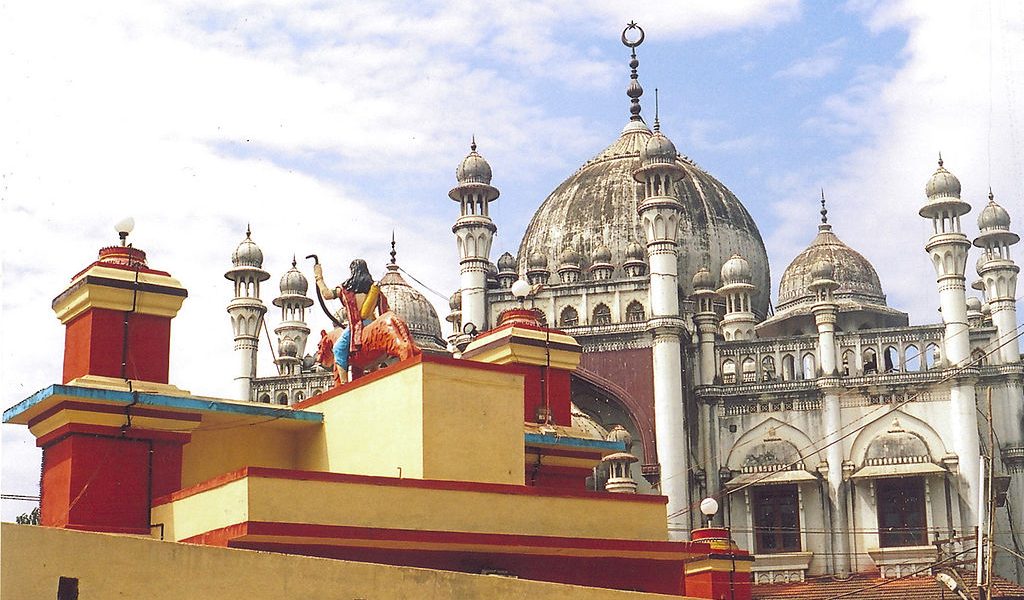
A God, A Pirate and the Birth of a New Urban Religion in the Deccan
Who was Vavar? There are many strands to this story.

The After-Lives of Historical Figures in the ‘Pan-Indian’ Telugu Film
Contemporary film history of the Telugu people has at least one instance of a hyper masculine superhuman celluloid figure that appears time after time to establish territorial order: Alluri Sitarama Raju. The source for this celluloid figure was the leader of what...
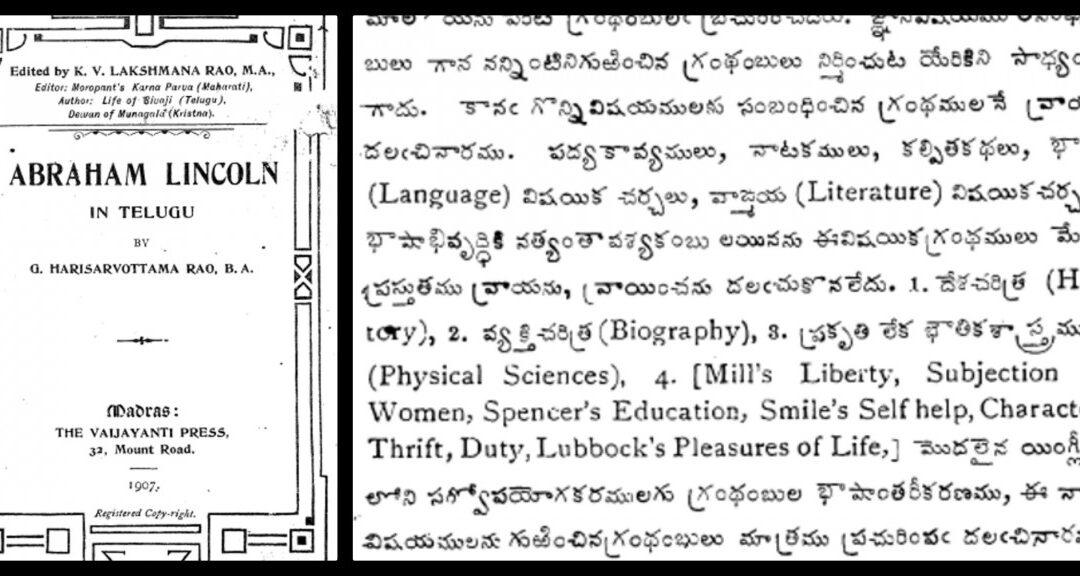
Telugu Modernity and the Curious Case of Enlightened Privilege
In 1907, Vijnana Chandrika Mandali, a Telugu publishing house, began their operations with the goal to ‘improve Telugu literature’.
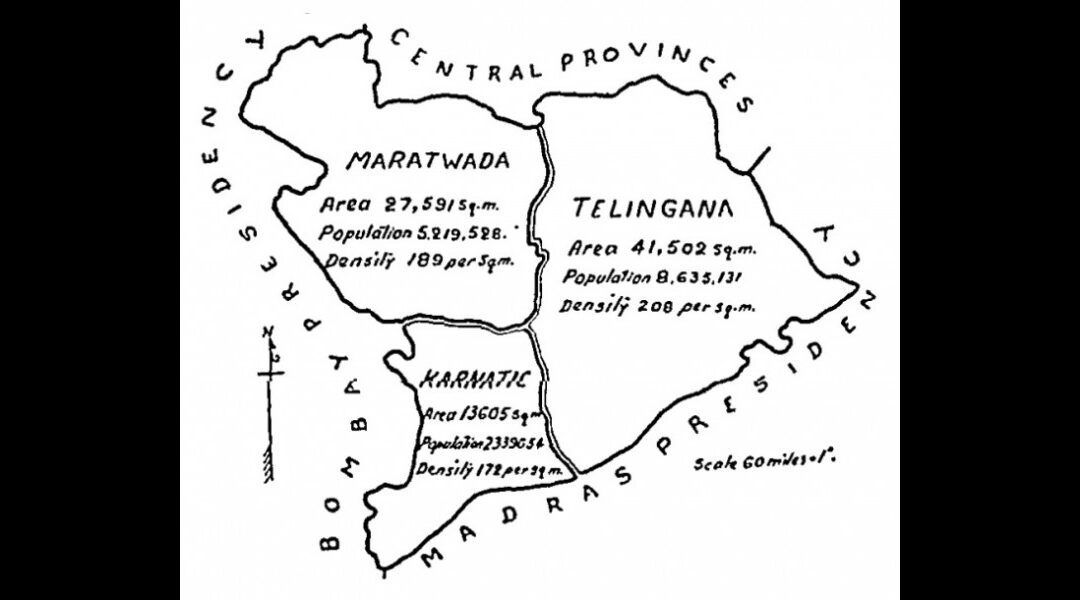
The Mulki and the Mulk: How Belonging Is Layered in the Deccan
The categories of Mulki and non-Mulki began to appear on the Hyderabadi political scene from the mid-19th century onwards as a response to the influx of Urdu-speaking North Indians being recruited into the state administration.

The Uncanny Sisterhood of Deccan’s Languages
‘Pora khaalli? (Have the children eaten?)’ These are two utterances in Marathi spoken in Osmanabad and Solapur districts. But a speaker of Marathi from the central or western parts of Maharashtra may be perplexed at what is being asked of them. Is ‘Kaa karlaalaav’ the...
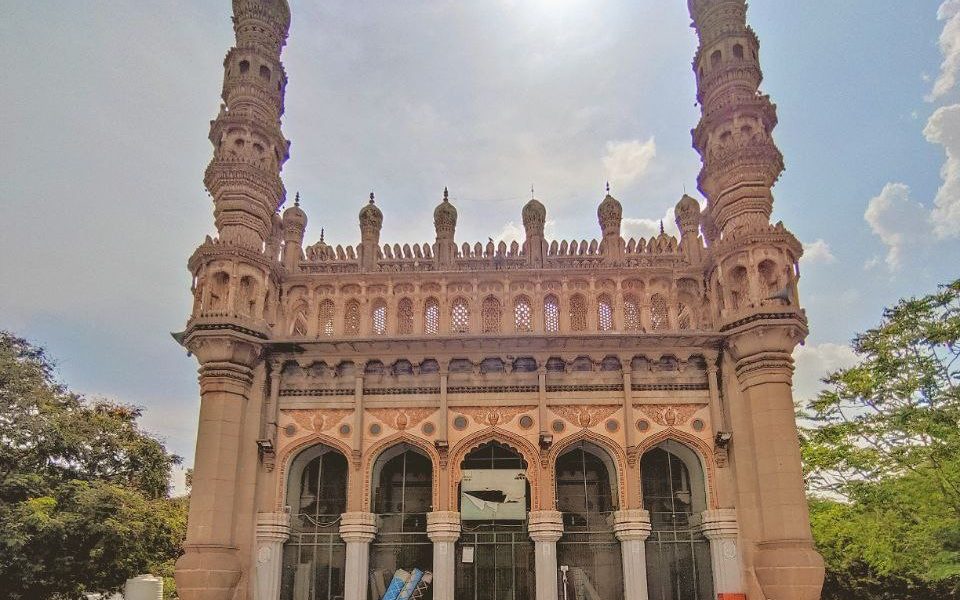
Deccani Identity: Instrumental Logic or Deep Love of Land?
The diverse ways in which the Deccani identity is invoked in textual sources and oral traditions indicate that newcomers to the Deccan adapted to the ways of the land, developed strong affinities to local landscapes, and adopted cultural practices and markers.
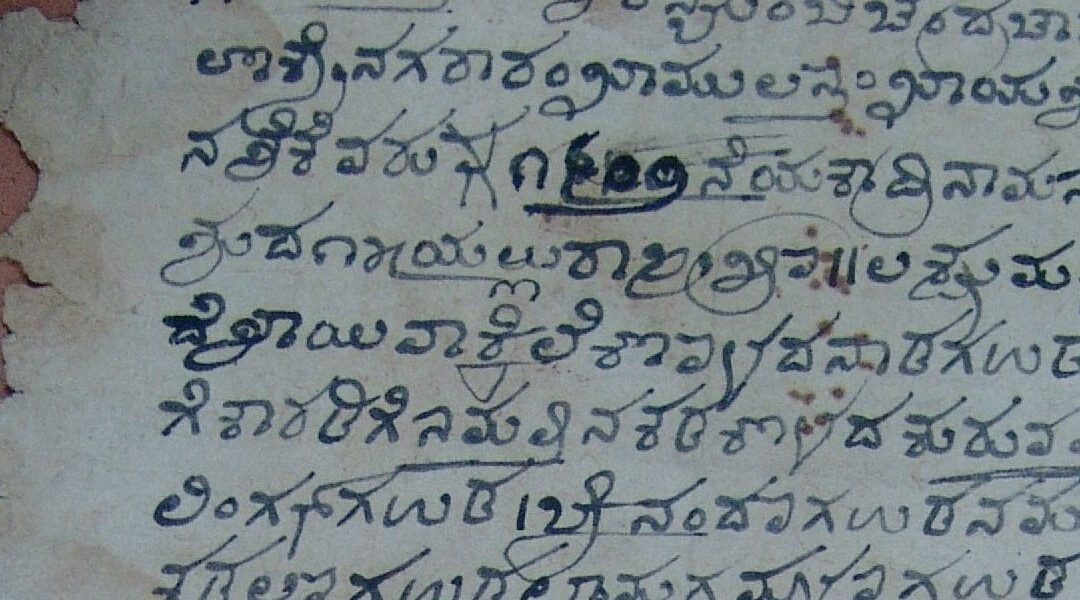
What an 18th-Century Sale Deed Reveals About Language and Territory in the Deccan
The documents hint at more give-and-take in the scribal environment than the one-way “imperial” narrative premised on modern mono-linguistic identities.
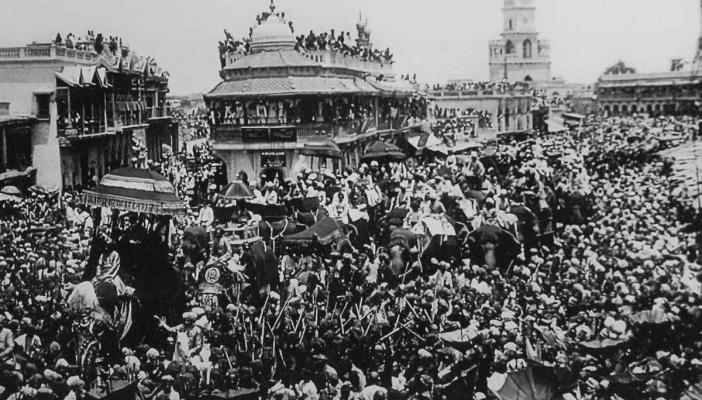
Afterword: Who does the Deccan belong to?
On September 17, 1948, more than a year after India became independent, the Hyderabad–Deccan state was integrated into the new Indian nation-state ruled from Delhi. This event, celebrated by some as “liberation,” set in motion decisive processes of integration,...

Rabindranath Tagore’s visit to Hyderabad: When poetry triumphed over politics
The September 17th anniversary of the ‘Police Action’, which led to the integration of the princely state of Hyderabad in 1948, has become increasingly contentious with selective use of history by political parties to further their current polarising agenda. Lost in...
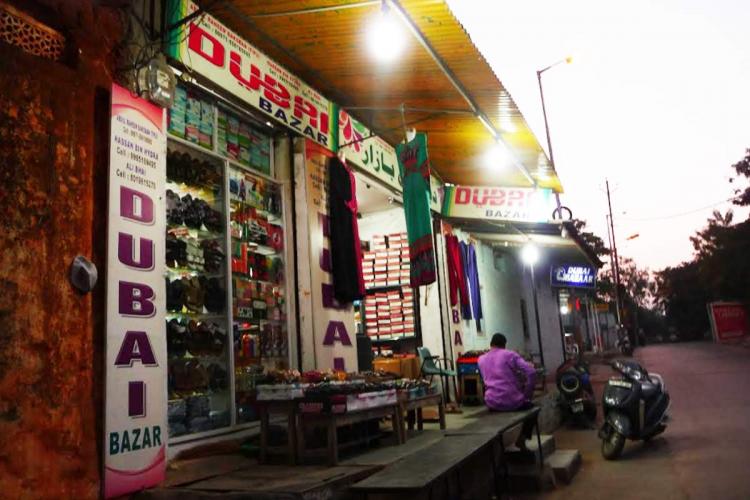
Hyderabad’s distinct Chaush community has roots in Yemen
At a time when Muslims in India are constantly asked to display their nationalism and explain their choices of food, love and profession, it is important to remember that identity is not a monolith. It is historically constructed and multidimensional. Neither can it...
